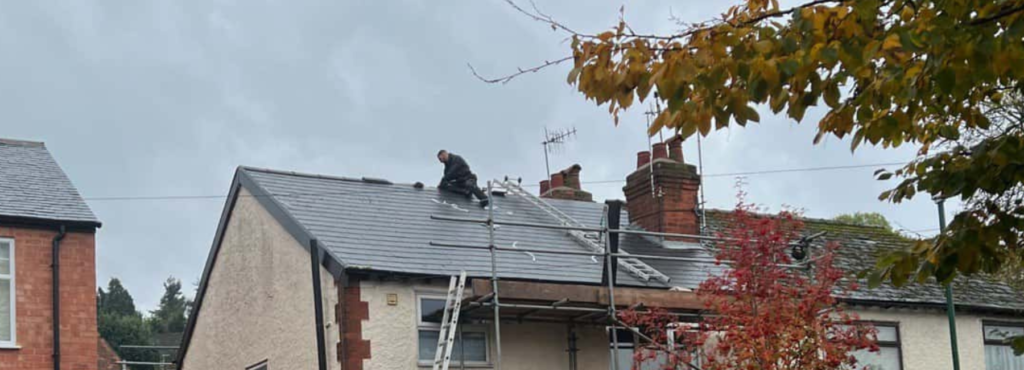Introduction: Roof inspections are a critical part of maintaining the health and longevity of your roofing system. While traditional roof inspections have been effective for many years, technological advancements have introduced a more efficient and accurate method: infrared roof inspections. In this blog post, brought to you by Calverton Roofing Repairs, we will explore the benefits of infrared roof inspections and why they are becoming a preferred choice for assessing roof conditions.
Understanding Infrared Roof Inspections
Infrared roof inspections utilise thermal imaging technology to identify potential issues and assess the condition of your roof. This non-invasive method relies on the principle that different materials retain and release heat at varying rates. Here’s how it works:
- Thermal Imaging: An infrared camera captures thermal images of your roof’s surface. These images represent the temperature variations across the roof.
- Identification of Anomalies: The camera highlights temperature anomalies, indicating moisture infiltration, insulation problems, or heat loss areas.
- Data Analysis: The captured data is then analysed to pinpoint the specific areas requiring attention, allowing for targeted repairs or maintenance.
Benefits of Infrared Roof Inspections
- Accuracy: Infrared inspections provide highly accurate results. They can detect issues that may be invisible to the naked eye, such as trapped moisture within the roofing system.
- Non-Invasive: Unlike traditional inspections that may require physical access to the roof, infrared inspections are non-invasive. They do not disrupt the roofing system, making them a safer and more cost-effective option.
- Early Detection: Infrared inspections can identify potential problems early, allowing for proactive repairs to prevent more extensive and costly damage.
- Cost Savings: By identifying issues before they escalate, infrared inspections can save money on major repairs or premature roof replacements.
- Time Efficiency: Infrared inspections are quick and efficient, reducing the time required for the assessment. This is especially beneficial for large commercial or industrial roofs.
- Enhanced Safety: Roof inspections, especially on steep or high roofs, can be risky. Infrared inspections can be performed from a safe distance, reducing the risk of accidents.
- Environmental Impact: By addressing issues promptly and preventing larger problems, infrared inspections contribute to a more sustainable approach to roof maintenance.
Common Issues Detected by Infrared Roof Inspections
Infrared roof inspections can identify a range of issues, including:
- Moisture infiltration and leaks
- Insulation deficiencies
- Roof membrane damage
- Heat loss and energy inefficiency
- Pest infestations
- Electrical or HVAC issues in the roof structure
Conclusion: Infrared roof inspections are a game-changer in roof maintenance and assessment. They offer unparalleled accuracy, early detection capabilities, and cost-effective solutions for property owners. Whether you have a residential or commercial roofing system, considering an infrared inspection can help you proactively address issues and extend the life of your roof.
Call us on: 0115 647 1193
Click here to find out more about Calverton Roofing Repairs
Click here to complete our contact form and see how we can help with your roofing needs.

